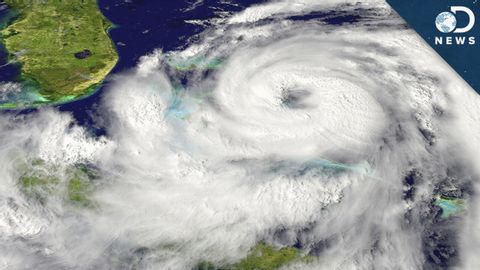厄爾尼諾到底是什麼? (What Exactly Is El Niño?)
Wayne Lin 發佈於 2021 年 01 月 14 日  沒有此條件下的單字
沒有此條件下的單字US /ˈlɛɡəsi/
・
UK /'leɡəsɪ/
- n. (c./u.)遺產 ; 遺贈;遺產;舊系統;影響
- adj.舊有的
- n. (c./u.)行業;交易;交易;手藝;交易;顧客
- v.t.交易;交換;交易
US /ˈwɔtɚ, ˈwɑtɚ/
・
UK /'wɔ:tə(r)/
- n. (u.)水;水域
- v.i.流淚;(嘴)想到好吃的食物而濕潤
- v.t.澆水

